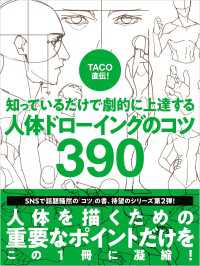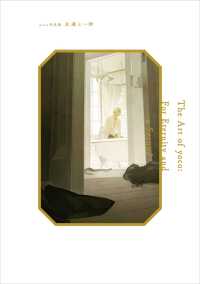- ホーム
- > 洋書
- > 英文書
- > History / World
Full Description
First full survey of how transhumance operated in Ireland from the sixteenth century to the beginning of the twentieth.
WINNER: American Conference for Irish Studies Donald Murphy Prize for Distinguished First Book 2021
Special Commendation, Publication Prize in Irish History, NUI Awards 2021
SHORTLISTED: European Association of Archaeologists Book Prize 2023
The rearing of cattle is today a fairly sedentary practice in Ireland, Britain and most of north-west Europe. But in the not-so-distant past it was common for many rural households to take their livestock to hill and mountain pastures for the summer. Moreover, ethnographic accounts suggest that a significant number of people would stay in seasonal upland settlements to milk the cows and produce butter and cheese. However, these movements all but died out in the nineteenth and twentieth centuries, meaning that today transhumance is mainly associated with Alpine and Mediterranean landscapes.
This book is the first major interdisciplinary approach to the diversity and decline of transhumance in a northern European context. Focusing on Ireland from c.1550 to 1900, it shows that uplands were valuable resources which allowed tenant households to maintain larger herds of livestock and adapt to global economic trends. And it places the practice in a social context, demonstrating that transhumance required highly organized systems of common grazing, and that the care of dairy cows amounted to a rite of passage for young women in many rural communities.
Contents
Introduction
Seasonal movement and settlement in a world of pastoralism
Imagining movement: past and present views of transhumance in Ireland
Seasonal sites in context: summer pastures of the Carna peninsula
Connected places: home and booley in Gleann Cholm Cille over time
Altitude and adaptation: evolving seasonal settlement in the Galtee Mountains
Herders and historical forces, 1600-1900
Conclusion








